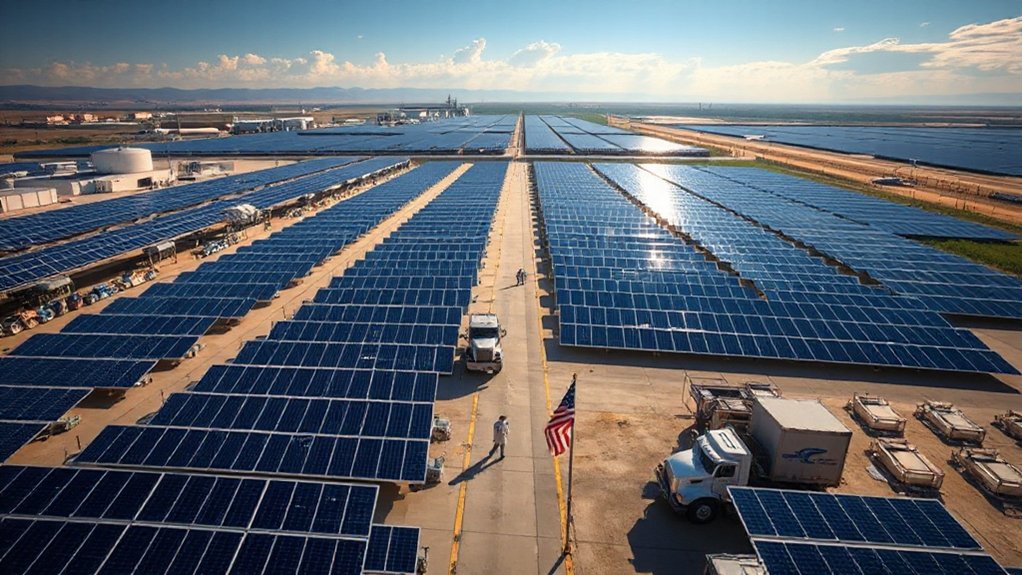OPEC+ recently announced plans to boost oil production by 411,000 barrels per day starting May 2025. This increase will roll out in three monthly increments of 137,000 barrels each. The decision surprised analysts who expected a more cautious approach amid current market conditions. Eight key countries, including Saudi Arabia and Russia, will drive this production increase. The move reflects OPEC+’s confidence in growing Asian demand despite immediate price pressures. The strategy’s success hinges on several market factors.
In a significant shift from its recent strategy of output restraint, OPEC+ has announced plans to boost oil production by 411,000 barrels per day starting May 2025. The increase equals three monthly increments of 137,000 barrels each, effectively speeding up the group’s planned production hikes. This decision has surprised many market watchers who expected a more cautious approach.
Eight key countries will drive this production increase: Saudi Arabia, Russia, Iraq, UAE, Kuwait, Kazakhstan, Algeria, and Oman. Each nation has received specific targets, with Saudi Arabia set to produce 9.2 million barrels daily and Russia following closely at just over 9 million barrels.
The move marks the first major step in unwinding the 2.2 million barrel per day cuts that OPEC+ implemented in November 2023. Those cuts were originally scheduled to last through March 2025, with a gradual 18-month reversal plan ending in September 2026.
OPEC+ officials point to several factors supporting their decision. Growing demand in Asian markets, below-average oil inventories, and seasonal increases in fuel consumption during the Northern Hemisphere’s summer all suggest the market can absorb more oil. The alliance specifically cited healthy market fundamentals and positive outlook as key justifications for the production boost. The move comes as oil prices fell over 1% in anticipation of the increased supply announcement. The group aims to keep prices stable between $80 and $90 per barrel.
The cartel’s supply increase reflects confidence in Asian demand growth and aims to maintain price stability in the $80-90 range.
There’s more to this decision than just responding to market conditions. The new quotas cleverly incorporate production that some members, like Iraq and Kazakhstan, were already pumping above their limits. This approach addresses non-compliance through quota adjustments rather than enforcement.
The move also helps OPEC+ maintain market share against growing competition from non-OPEC producers in the United States, Brazil, and Guyana. The alliance remains ready to pause or reverse these increases if market conditions worsen.
Oil prices have fluctuated since the announcement as traders assess what this means for global supply. OPEC+ will review production levels again at their next meeting on May 5, 2025, potentially adjusting June targets based on updated market data.
References
- https://economictimes.com/markets/commodities/news/opec-set-to-make-another-accelerated-oil-output-hike-for-june-sources-say/articleshow/120847663.cms
- https://www.enerdata.net/publications/daily-energy-news/opec-increase-oil-production.html
- https://www.opec.org/pr-detail/557-03-april-2025.html
- https://discoveryalert.com.au/news/opec-global-oil-production-increase-2025/
- https://www.enerdata.net/publications/daily-energy-news/opec-will-start-increasing-oil-production-april-2025.html









